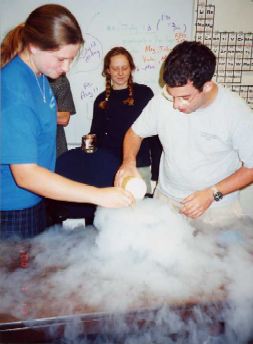Chemistry students at Carleton College are having fun with liquid nitrogen!
Click on image for full size
Image from the Carleton College Chemistry Department
Liquid Hydrogen
As shown in this picture, the element Nitrogen, when kept very cold, is a liquid. In this picture the liquid can be seen evaporating (changing
phase from a liquid to a gas).
If conditions are just right, the element Hydrogen, which is normally a gas, becomes a liquid, just as Nitrogen does if the temperature is just right.
Last modified May 1, 2003 by Lisa Gardiner.
You might also be interested in:
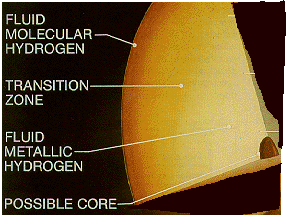
The first liquid layer inside Jupiter, right under the atmosphere, is the liquid hydrogen layer. The hydrogen atmosphere becomes thicker and thicker, like a dense fog, with more and more liquid droplets,
...more
The first liquid layer inside Saturn, right under the atmosphere, is the liquid hydrogen layer. The hydrogen atmosphere becomes thicker and thicker, like a dense fog, with more and more liquid droplets,
...more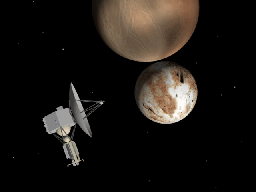
AU stands for Astronomical Units. It is a useful way to measure the distances in interplanetary space. It is the distance between the Earth and the Sun, which is about 93 million miles. For reference,
...more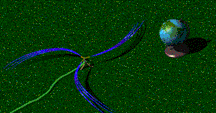
The solar wind is formed as the Sun's top layer blows off into space, carrying magnetic fields still attached to the Sun. Gusts form in the solar wind associated with violent events on the Sun. Particles
...more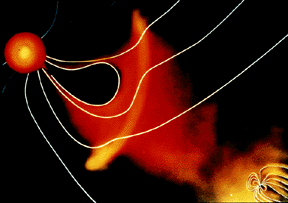
For a planet to be affected by a blob of material being ejected by the sun, the planet must be in the path of the blob, as shown in this picture. The Earth and its magnetosphere are shown in the bottom
...more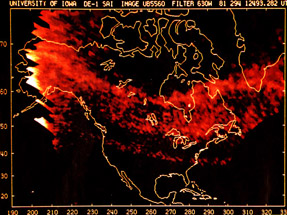
The aurora we are most familiar with is the polar aurora. This is what people are talking about when they say the northern or southern lights. But there are other less-known aurora, such as SAR arcs.
...more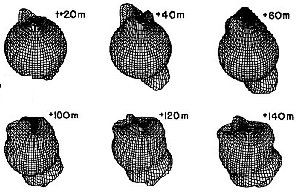
This figure shows the effect of the aurora on the atmosphere. When FAC's enter the atmosphere and create the aurora, they heat the atmosphere suddenly and abruptly. This creates an impulse which travels
...more


